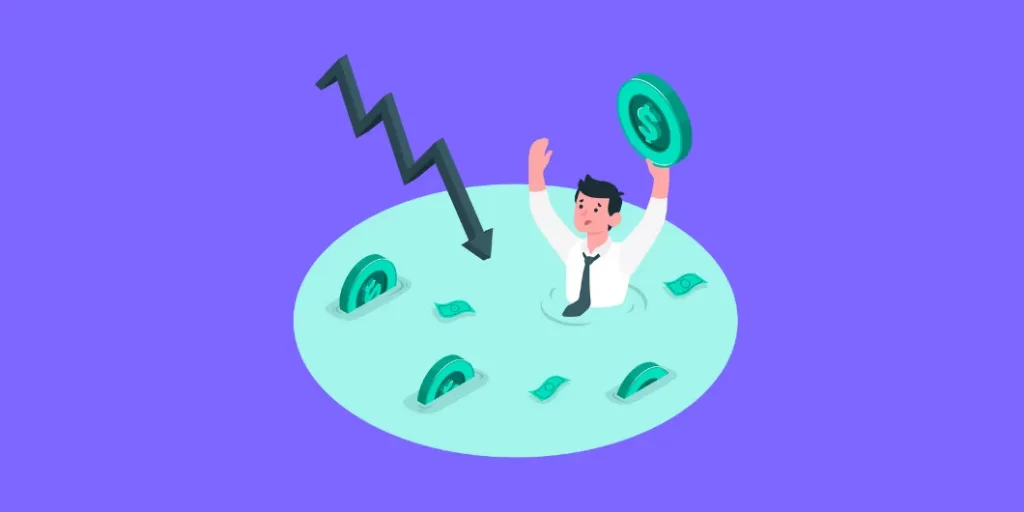
How to Protect Your Finances from Stagflation
Not sure what stagflation really means? We’ve broken it down in this blog post — give it a quick read if you want a clearer understanding before diving into how to protect your money.
To sum it up, stagflation is a tough combo: high inflation, slow economic growth, and rising unemployment all happening at once. It’s rare, but when it hits, it hits hard.
Here’s why it matters: prices go up, but wages might not. At the same time, job security drops and borrowing gets more expensive. Your money loses value, and your budget starts to feel the pressure.
What Happens to Your Money During Stagflation?
- Reduced Purchasing Power: Inflation erodes the value of money, making everyday expenses like groceries and fuel more costly.
- Increased Job Insecurity: Economic stagnation can lead to higher unemployment rates as companies cut jobs due to slow growth.
- Higher Interest Rates: To combat inflation, central banks may raise interest rates, making borrowing more expensive.
Why Is It Hard to Navigate Stagflation?
Traditional financial strategies often fall short during stagflation. Rising prices coupled with stagnant wages create financial stress, and investors must balance the need for inflation protection with economic uncertainty.
Best Financial Strategies to Survive Stagflation
Invest in Inflation-Resistant Assets
- Precious Metals (Gold & Silver): Gold has historically been a hedge against inflation, and silver, along with other commodities, may retain value when paper money declines.
- Inflation-Protected Bonds (TIPS & I-Bonds): Treasury Inflation-Protected Securities (TIPS) adjust with inflation, and I-Bonds offer fixed plus inflation-adjusted interest rates.
- Commodities and Energy Stocks: Investments in oil, gas, and agricultural commodities often rise in price during stagflation. Energy sector stocks can benefit from higher commodity prices.
Diversify Your Investment Portfolio
- Defensive Stocks: Companies in consumer staples, healthcare, and utilities tend to perform well during economic downturns as they provide essential services.
- Dividend Stocks for Passive Income: Dividend-paying stocks offer a steady income stream. Focus on companies with strong balance sheets and consistent dividend histories.
- Real Assets (Real Estate & Infrastructure): Rental properties can generate income while property values may increase. Infrastructure investments often provide stable returns during economic uncertainty.
Manage Your Debt Wisely
- Avoid High-Interest Debt: Credit card debt and variable-rate loans become more expensive with rising interest rates. Prioritize paying off high-interest debts.
- Consider Fixed-Rate Loans: Fixed-rate mortgages and personal loans lock in lower interest rates, providing stability in a rising rate environment.
Strengthen Your Emergency Fund
- Save 6–12 Months of Expenses: Job losses may increase during stagflation, so a larger emergency fund is crucial.
- Balance Liquidity and Growth: While cash is safe, inflation reduces its value. Maintain a mix of cash and inflation-resistant assets.
Increase Your Income Streams
- Start a Side Business or Freelance Work: Having multiple income sources reduces financial dependence on a single job.
- Upskill and Future-Proof Your Career: Invest in education and new skills to remain competitive in a tough job market. Focus on high-demand fields like tech, healthcare, and finance.
Stagflation is unpredictable, but proper financial planning can help mitigate its impact. Invest in inflation-resistant assets, manage debt, and diversify income streams to safeguard financial stability. The key to financial security is adaptability and strategic planning during uncertain times.